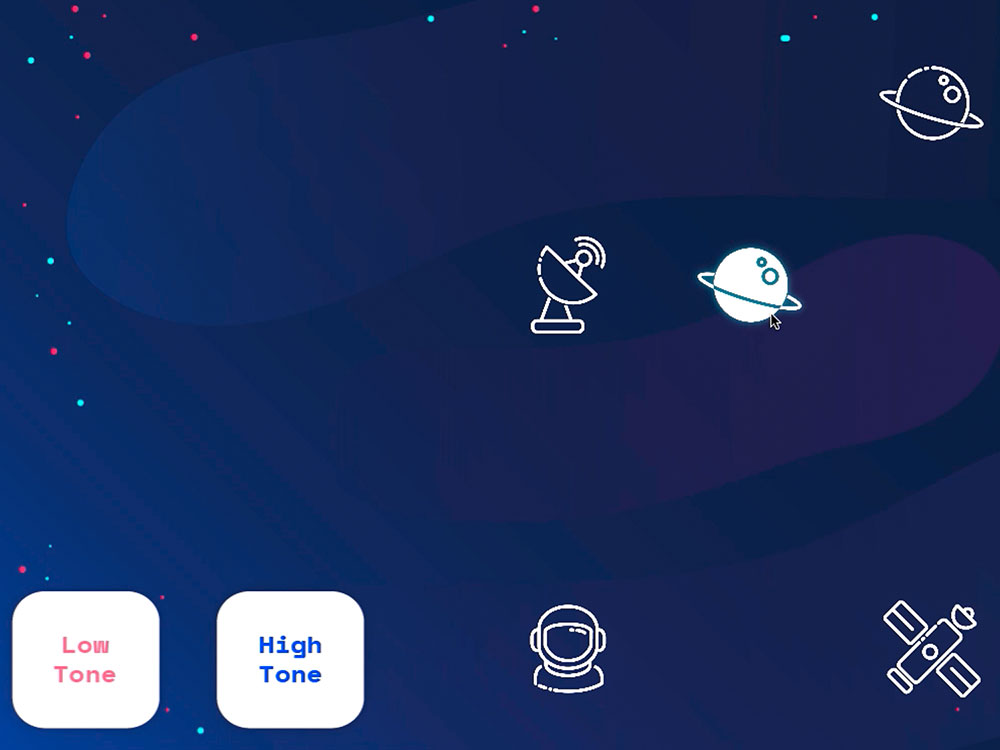Seeking support for the working memory.
Text: Santina Russo
We only tend to notice how heavily we rely on our working memory when it is no longer functioning properly, like when we age or if we are affected by mental illness. Researchers are currently looking for ways to improve short-term memory in everyday life.
While you are busy reading this sentence, your working memory is making sure you do not forget the beginning by the time you reach the end. It is also responsible for helping you temporarily retain addresses or pin codes and remember where you put your shopping list just moments ago. Thanks to your working memory, you are able to follow along in complex discussions and address the arguments of your fellow interlocutor even several minutes later. In short, your working memory serves as the brain’s temporary storage, or RAM, and makes it possible for you to seamlessly navigate countless commonplace activities – without ever noticing it is there.
But this temporary storage can start posing problems for us early on in life. Our memory performance starts dropping after the age of 25 and by the time we reach 50, these changes become apparent. In addition, some mental illnesses such as schizophrenia or depression often negatively impact working memory.
“This can severely impede the daily lives of those affected,” says Dominique de Quervain, neuroscientist at the University of Basel. He and his research group are searching for different ways to kick-start the working memory, for example through specific exercises or drugs.
Training working memory the right way
The researchers aim to do more than just train the working memory, they want to improve other cognitive functions, too. On its own, boosting the working memory is not terribly useful unless these improvements can be applied on a practical level. Higher performance can be measured using specially designed tests, but it does not always translate into increased aptitude in everyday skills. “If you practice memorizing strings of letters, you’ll get better at it, but that won’t help you log in to your online accounts or understand what you’re reading,” explains de Quervain.
Recently, a doctoral researcher in his team, Priska Zuber, developed a training app that is the first tool of its kind to attempt to apply training for working memory to real-world activities. In her new app, users complete different types of tasks that train specific components of their working memory, including the part responsible for colors, shapes and spatial orientation and another part, which manages what we hear or read. The tasks are playful but challenging, and they all take place in outer space. Users can train their memory, for example, by watching satellites light up in a certain order and then entering the correct order in the app. To add an additional level of difficulty, there are built-in distractions between the memory portion and the recall portion. These may take the form of unrelated sounds or images.
Distraction is a good training tool
In a clinical study of around 90 participants, Zuber tested the results of this training strategy and compared it with a conventional, established training method. Over the course of three weeks, the participants – all over the age of 55 – practiced four times a week using one of the two training methods. A control group used a tablet to perform tasks that tested their fine motor control without training their working memory. Prior to and following the main task, participants were given cognitive tests to evaluate their working memory and also to establish whether the training had been effective in improving other cognitive functions.
Only the method that included built-in distractions was shown to significantly improve participants’ memory performance. “Clearly, the distractions help teach the working memory to differentiate between relevant and irrelevant information. And that improved memory,” Zuber elucidates. That same type of training sometimes boosted other cognitive functions as well. The participants in this group also performed better when it came to visual spatial learning. Zuber is planning to conduct a follow-up study exploring how these distractions help to train the working memory.
Helping people with mental illness
In the future, people affected by mental illness may also be able to receive medications to improve their working memory. To this end, de Quervain is currently investigating a pharmaceutical known as fampridine (4-aminopyridine), which is used to treat multiple sclerosis. He and his team uncovered its potential to influence working memory as part of a genomic comparison study. The researchers compared the results of a study which scoured the DNA of 100,000 people for genetic risk factors for schizophrenia with the team’s own genetic data on working memory. Along the way, they identified a gene involved in both schizophrenia and working memory.
The gene in question codes for a potassium channel. These molecules play a key role in the brain, where they help to transfer signals between nerve cells and thereby influence how information is stored as part of the working memory. Fampridine targets exactly these potassium channels: In the case of multiple sclerosis, it helps control the way movement signals are transferred through the nerves, making it easier for patients to walk. To test whether fampridine also improves the agility of working memory, de Quervain is planning a clinical study with healthy participants aged 18 to 30.
Not another brain-doping drug
Should fampridine truly prove to augment the power of the working memory, could it also be used by healthy people to bolster their concentration while working or studying? Could fampridine even be destined to become a wonder drug with the power to turn us all into intellectual superhumans like Bradley Cooper in the Hollywood blockbuster “Limitless”? “No, that’s highly unlikely,” says de Quervain with a smile. “A pill with those kinds of extreme effects is pure science fi ction.” Reality looks a little different. “We are happy to observe even a moderate improvement in the daily lives of the people we treat,” he acknowledges.
Whether those improvements come from drugs or training, the techniques are simply not suitable for doping. Yet, one day, they may give sick and older people the chance to change their lives for the better.
Dominique de Quervain is Professor of Cognitive Neuroscience and Co-Director of the Transfaculty Research Platform Molecular and Cognitive Neurosciences at the University of Basel.
Priska Zuber is a doctoral candidate and serves on the Faculty of Psychology and the Transfaculty Research Platform MCN at the University of Basel.
More articles in the current issue of UNI NOVA.


